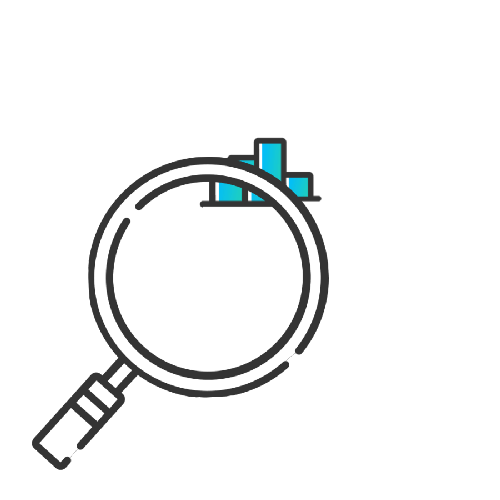Error message title

Error message title
Searching great energy plans for you
What is carbon neutral, and how does it affect my energy use?
Carbon neutral*. From energy and transport to food and hospitality, it’s become a sustainability buzz-phrase. But what does carbon neutral really mean and how can it benefit both you and the planet?

What does carbon neutral mean?
From producing raw materials to taking a flight or even making a coffee, businesses and individuals generate unavoidable greenhouse gas emissions, commonly referred to as carbon emissions.
Being carbon neutral means that the overall carbon emissions associated with an activity are effectively cancelled out.
What is carbon neutral energy?
In the world of energy, ‘carbon neutral’ means your energy retailer or provider has offset the carbon emissions that result from the production of your electricity and gas, reducing the net carbon emissions to zero. Learn more about ENGIE’s Carbon Neutral energy plans.
How to become carbon neutral
Becoming carbon neutral typically starts by being more efficient, so there are less emissions being produced. Once emissions are reduced, carbon neutral status is usually achieved through one, or a combination, of the following:
- Reducing carbon emissions to zero, through changing energy sources (for instance, switching to renewable energy sources) and/or industry processes
- ‘Balancing’ carbon dioxide emissions through carbon offsets
What are carbon offsets and how do they work?
Carbon offsets are a form of trade. When you buy an offset, you fund projects that reduce, avoid, or remove carbon emissions to make up for (or offset) emissions elsewhere.
If the total carbon produced is equal to the total amount avoided or removed, then the two cancel each other out and the net emissions are 'neutral'.
Carbon offsetting projects might restore forests, update power plants and factories or increase the energy efficiency of buildings and transport.
Why is carbon neutral offsetting important for energy retailers and their customers?
An alternative way to help customers reduce their carbon footprint is through offsetting any potential carbon created in the making of their energy. This carbon neutral offsetting is achieved by investing in projects that reduce or absorb carbon emissions equal to what is produced in the process of getting your energy to you.
This carbon neutral offsetting means customers can feel good knowing their energy use is causing less negative net impact on the environment.
From 1 January 2021, new ENGIE (then known as Simply Energy) plans became proudly Certified Carbon Neutral by Climate Active – a partnership between the Australian Government and Australian businesses to drive voluntary climate action. We offer carbon neutral energy to all new customers, it’s not an option, add-on or app you’ll need to activate.
What are carbon offset certificates?
Most carbon offsetting involves the purchase of carbon credits or certificates. Carbon offset certificates are not physical certificates, but are a digital currency traded on the market – a bit like money.
To achieve Climate Active Carbon Neutral certification, ENGIE purchase carbon offset certificates. For every tonne of carbon emissions generated by our customers’ energy use, we purchase one tonne of emission offsets in the form of certificates from projects that:
- Absorb or decrease the production of CO2
- Meet standards set by Climate Active
Certificates sourced so far include:
- The Darling River Eco Corridor 29, a project that aims to protect and regenerate 150,000 hectares of native forest in North-Western New South Wales.
- A hydropower plant that is reducing the amount of CO2 being released into the atmosphere by displacing coal-fired power generation in China.
We’re looking forward to adding more projects that have a positive impact on the environment.
Where can I learn more about ENGIE’s Carbon Neutral energy plans?
Head to our Carbon Neutral energy plans page to learn more about choosing carbon neutral energy for your home or business.
Glossary
Carbon footprint – the total greenhouse gas emissions caused by an individual, event, organisation, service, or product, expressed as carbon dioxide equivalent.
Greenhouse gas – gases in Earth’s atmosphere that trap heat. They let sunlight pass through the atmosphere, but they prevent the heat that the sunlight brings from leaving the atmosphere (the greenhouse effect). Carbon dioxide is an example of a greenhouse gas.
Net zero – achieving a balance between the greenhouse gases put into the atmosphere and those taken.
*This terminology is correct as at 20th of November 2023. On Friday 20th October, the Commonwealth Government announced its proposed updates to the Australian Government’s Climate Active certification program. This will likely mean that the use and acceptability of the term “Carbon Neutral” is subject to change.

